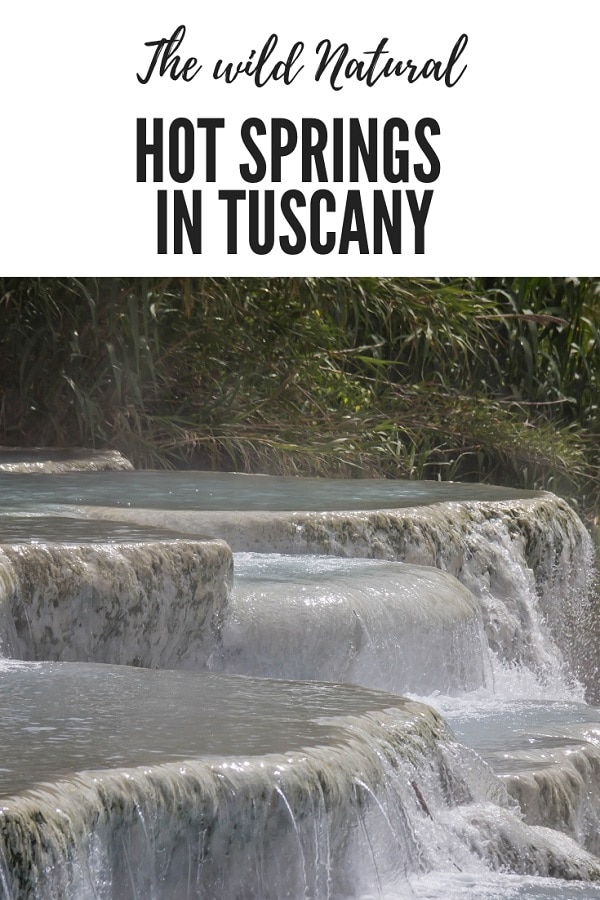Italian hot springs are free.
Hot Springs of Saturnia
Saturnia, located in the heart of the untamed Maremma, is the most famous hot spring in Tuscany and maybe all of Italy. Beautiful natural features like wooded hills, wheat fields, valleys, vineyards, and olive trees surround the settlement and the springs. Saturnia is also close to Pitigliano, a little community perched atop a tuff rock. Additionally, Scansano, a region known for its Morellino red wine, is not far away.
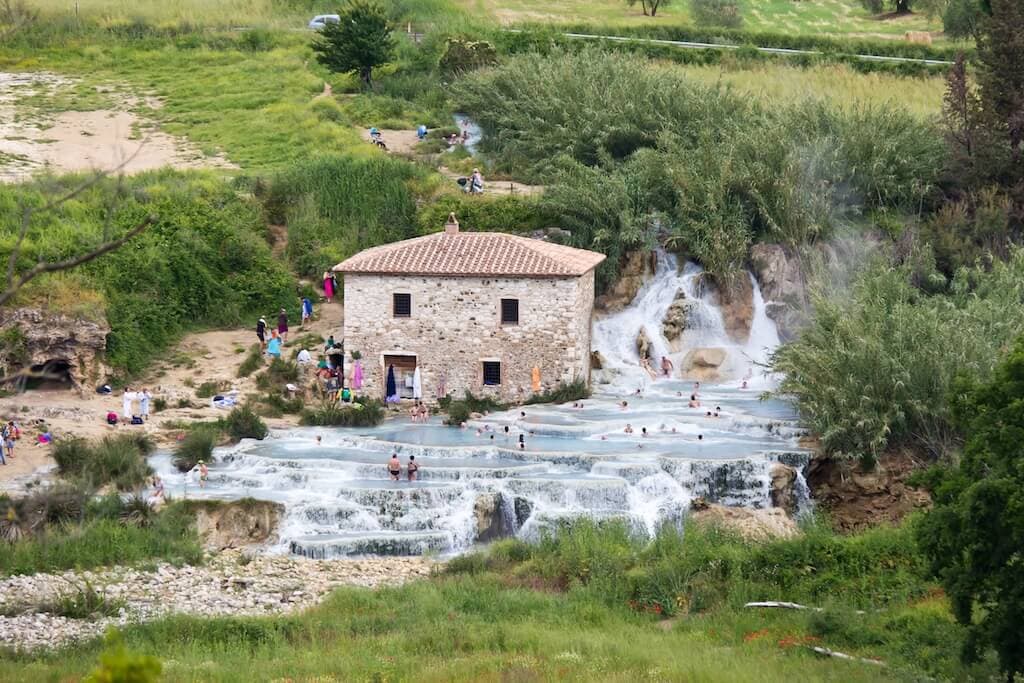
Cascate del Mulino, Saturnia Thermal BathsYou come across the hot springs close to a long-gone mill as you travel along the winding path. It is known as Cascate del Mulino, or Mill Falls, for this reason. Even with the overwhelming smell of rotting eggs all around you, you can’t miss them.
It’s only the aroma of the sulfur that is present in the water, so don’t be alarmed. At a temperature of 37°C (98°F), water gushes from the earth and descends into a little valley. Small pools were created after years of the white water shaping the soil.According to legend, the location where a lightning strike occurred is where Saturnia’s hot springs first appeared. This tale, which has been around since the time of the Etruscans and later the Romans, claims that a furious Jupiter threw lightning at Saturn but missed him. thus leaving a hole in the dirt of Earth.
Tuscany’s Petriolo Hot SpringsThe Petriolo Hot Springs are located near the border of the provinces of Siena and Grosseto, forty minutes south of Siena. Since the era of the ancient Romans, they have gained popularity. In fact, you can still see the walls of an ancient Roman thermal bath today. One of the first hot springs in Tuscany possibly used to polish skin, treat colds and arthritis was Petriolo.
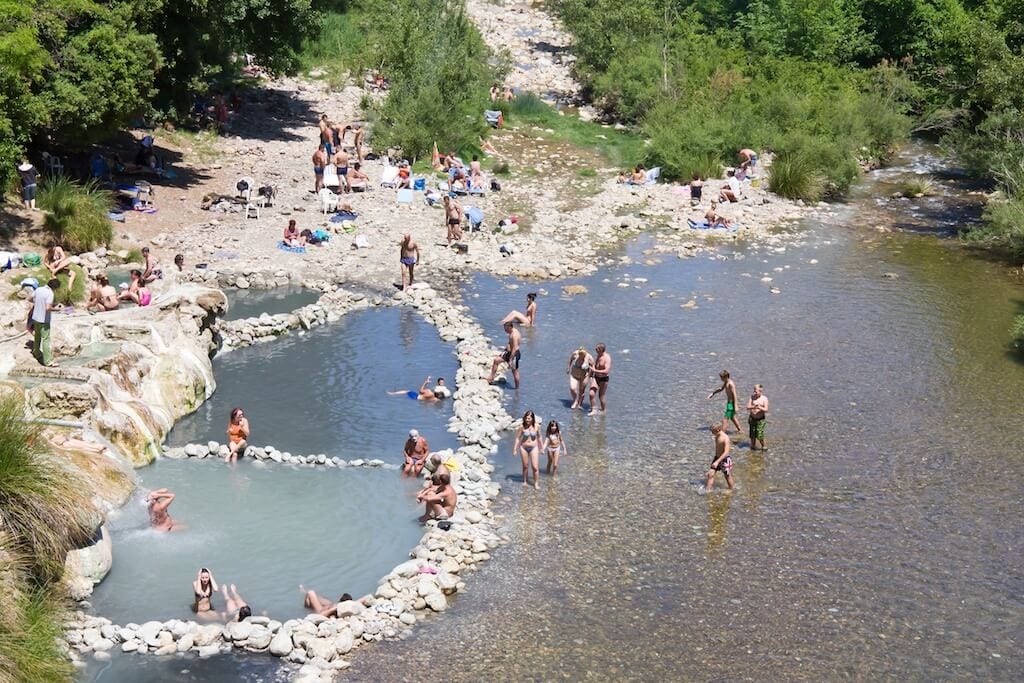
Hot Springs of PetrioloAt a temperature of 43°C/109°F, the hot waters erupt from the ground and fill small baths and a larger pool. You can gather and smooth on the clay that is abundant on the riverbanks. Take a swim to remove the mud after a little while, and your skin will be softer and smoother.
San Filippo BagniBagni San Filippo stands at the base of Mount Amiata, surrounded by the striking scenery of the Val d’Orcia’s undulating hills. The prior Filippo Benizi, who fled to this area in the 13th century after being chosen as the future Pope, gave the town its name.
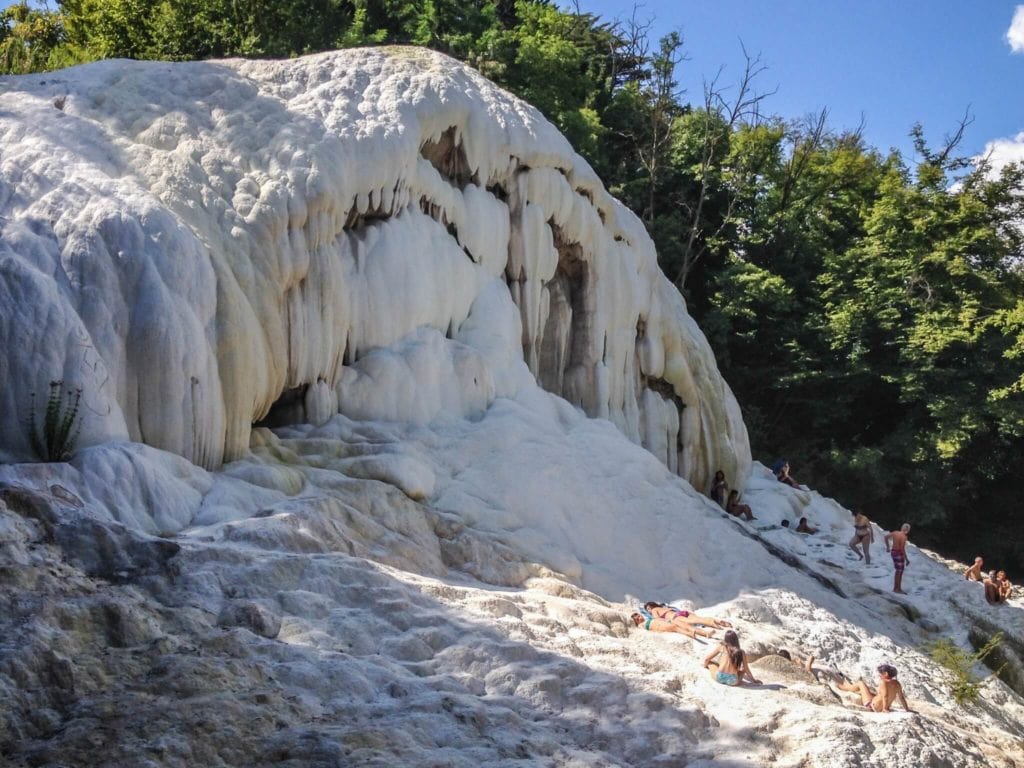
These free hot springs go by the name of Fosso Bianco. You can find a number of tiny pools with water that is 40°C (104°F) rich in calcium, sulfur, sulfur bicarbonate, and magnesium in the center of the woods by descending a short walk. The large limestone formation is what makes Bagni San Filippo hot springs stand out.
Due to its distinctive shape and strong white hue, it appears to be a white giant whale.
During the Grand Duchy of Tuscany, the House of Medici frequently visited these baths, beginning with Lorenzo the Magnificent in 1485 and ending with Grand Duke Ferdinando II, who came here in 1635 to treat a nagging headache.
Vignoni BagnoHave you ever visualized a tiny town where the central square has been replaced by a huge rectangular pool? This is Bagno Vignoni, one of Tuscany’s most unique hot springs, with only 30 residents and located in the heart of Val d’Orcia.
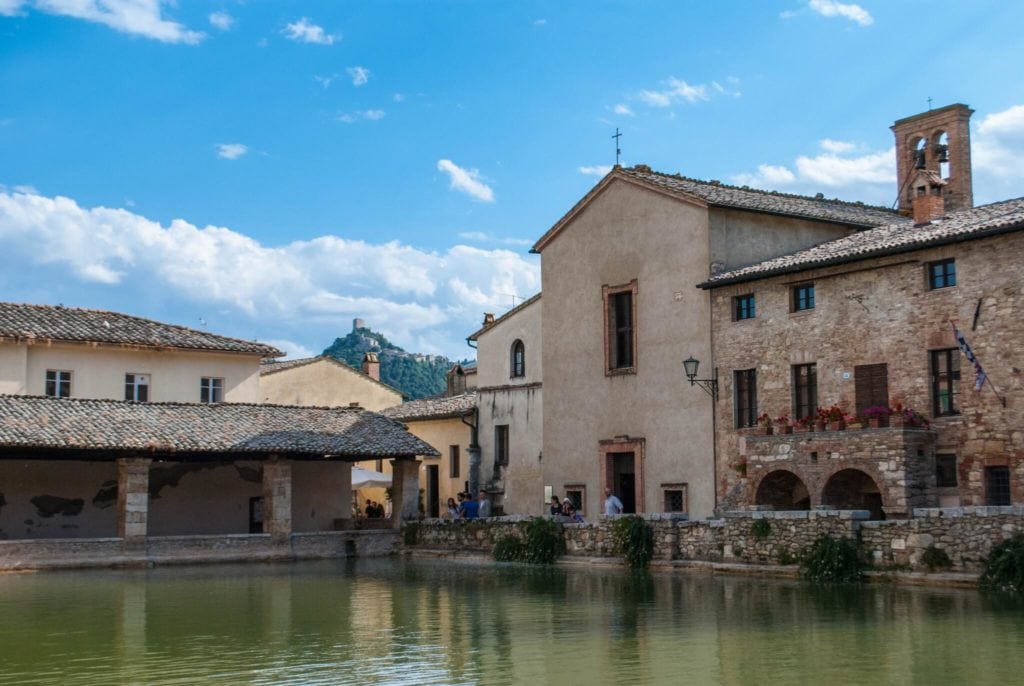
It is well-known for Piazza delle Sorgenti, a recognizable square. The enormous central tank holding the hot water that gushes from the volcanic ground is surrounded by all of the houses. You can go to the little church and have lunch or coffee outside at one of the tables.
Bagno Vignoni is traversed by the Via Francigena pilgrimage path. The Romans were the first to learn of the hot springs and take advantage of their healing and calming properties. Later, the Medici Family came here to relax and spend their vacations as well.The tiny free springs are located at the start of the road that leads up to the center. You are surrounded only by nature.
The sulphuric water, which is roughly 50°C/122°F, travels to this location by small, unmanmade canals and cascades.Bagni San CascianoSan Casciano in the province of Siena is another free hot spring in Tuscany where you can relax. You may relax in the authentic, stone-built Roman-era swimming pools at the foot of Mount Cetona, not far from the Umbria area border.
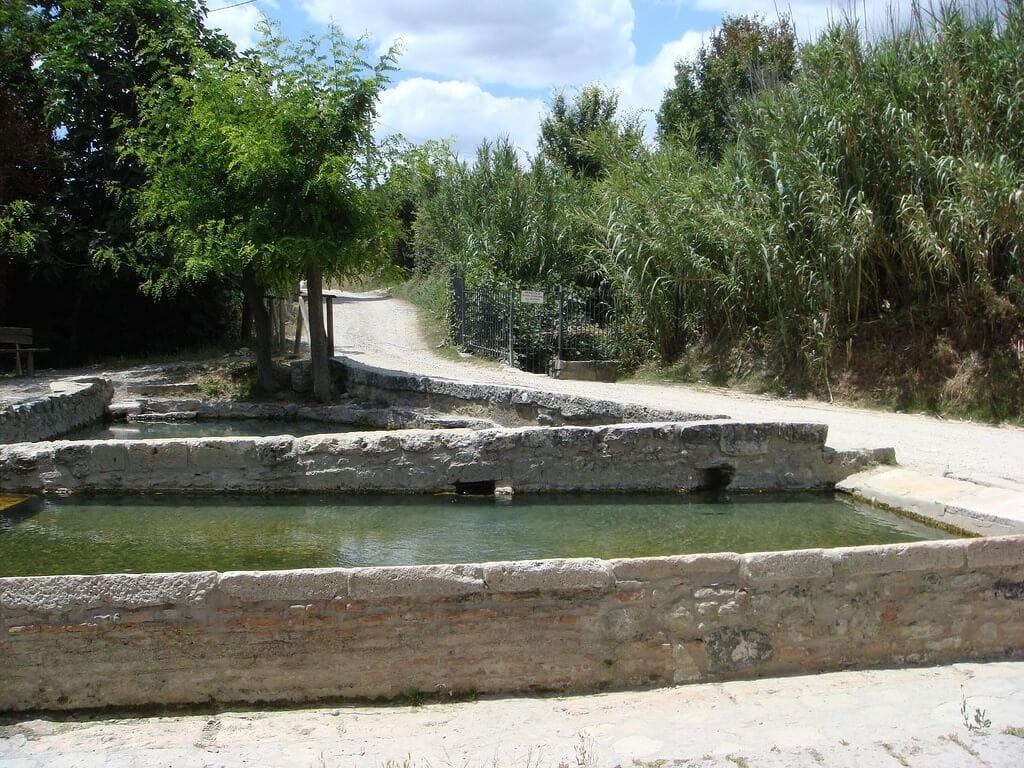
Bagni San Casciano Hot springs that are free to use – Leigh Rowan At 40°C / 104°F, the water is abundant in calcium, fluoride, and magnesium. This makes San Casciano a desirable resort, particularly during Tuscany’s autumnal holidays. In the summer, you are welcome to enjoy a picnic and relax on the grass in the large garden that surrounds the pool.Term EquiThe tiny community of Equi Terme is located in Lunigiana, sandwiched between the jagged Apuan Alps. These Tuscany hot springs are famous for their healing powers dating back to Roman times.
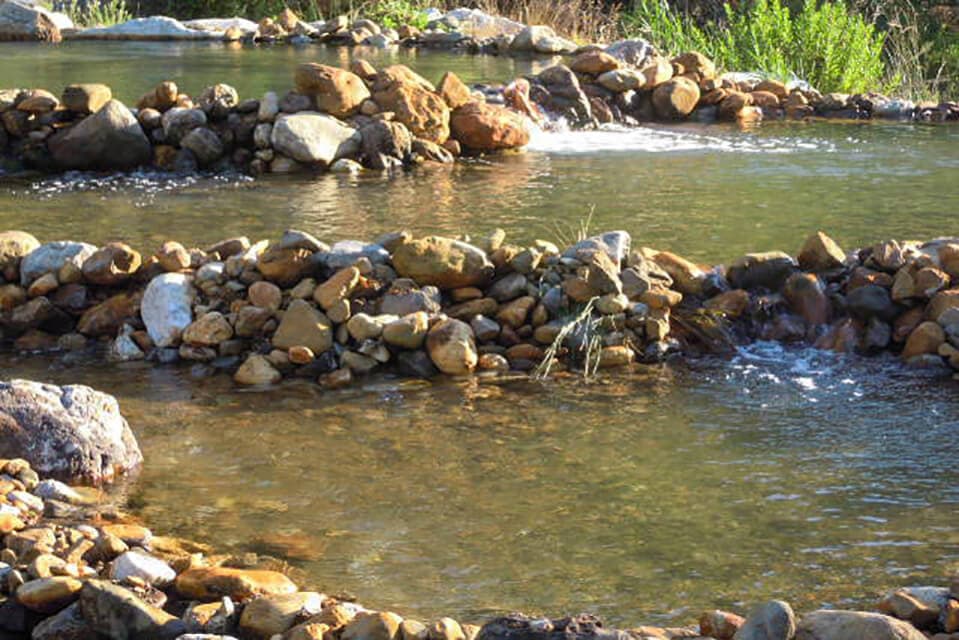
Equi Terme, which is primarily popular with locals, is a truly off-the-beaten-path Tuscany destination to add to your itinerary. A trip to the neighboring grotto and the archaeological park can also be added.
Castles can be found across Lunigiana, so I recommend visiting one of them.Any of Tuscany’s hot springs are the ideal setting for a leisurely day spent with loved ones. And refresh both your body and mind.
They are also a helpful treatment for those with neuralgia, rheumatism, and arthritis.Tips for Taking Advantage of Tuscany’s Natural Hot SpringsBring a lunchbox with you—this advice applies to all the hot springs in Tuscany.
You get very hungry after a thermal bath, but not all locations have restaurants nearby where you can get a meal or a traditional Tuscan Merenda.These locations quickly fill up on the weekends or during peak times.
So, if you want to find a decent spot, I recommend getting there early in the morning. And perhaps depart around peak hour, which is right around lunchtime.Stay tuned if you’re not sick of Tuscany’s hot springs and want to learn more about its spa facilities. We’ll discuss about fantastic Thermal baths soon.Save it for later with a pin.
